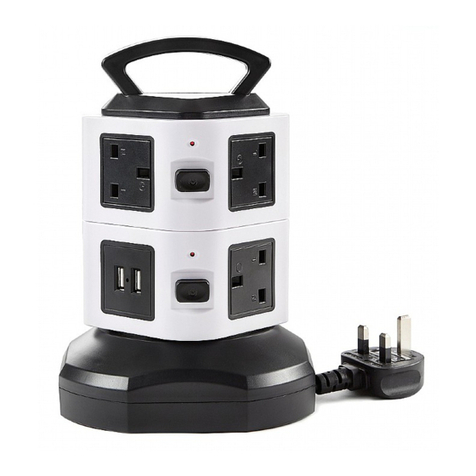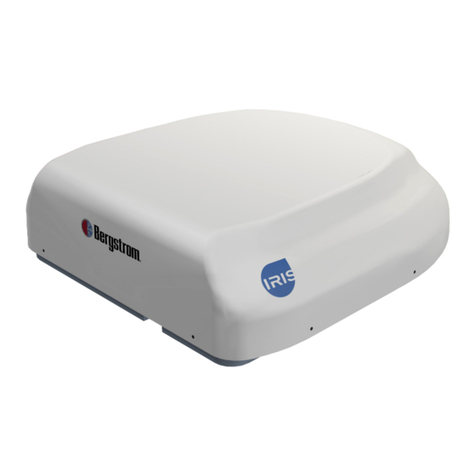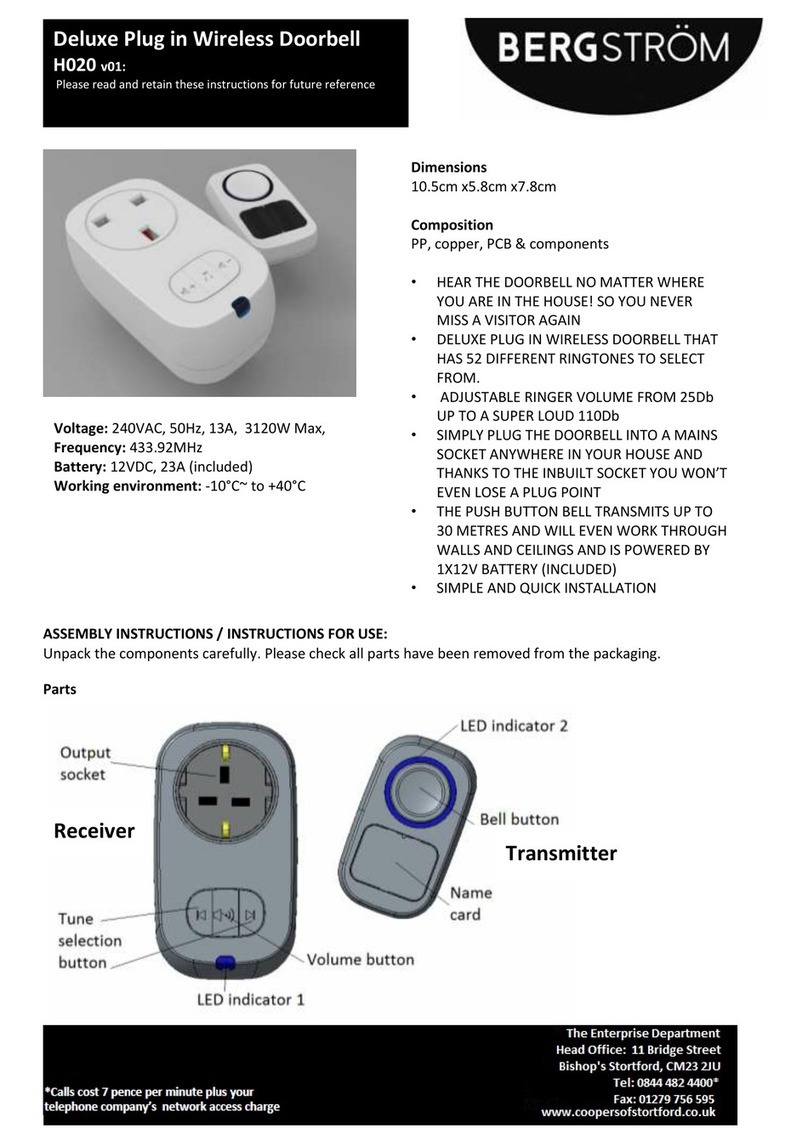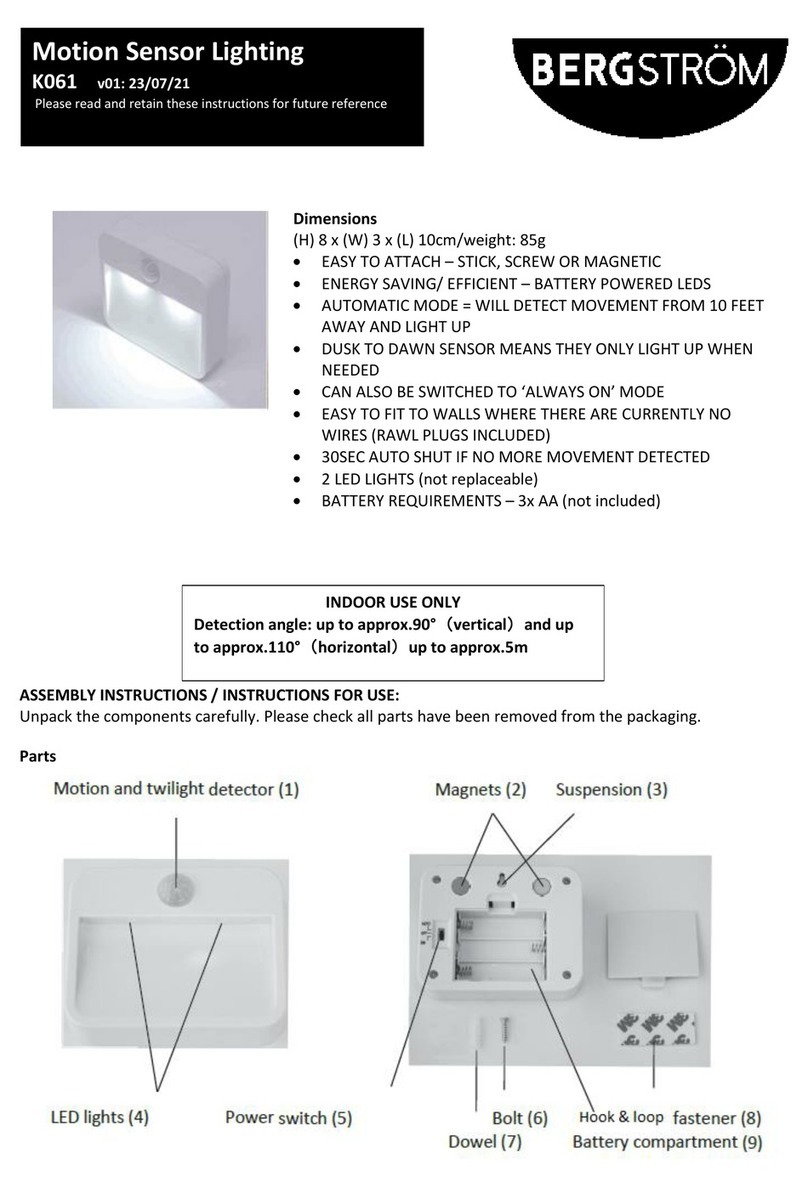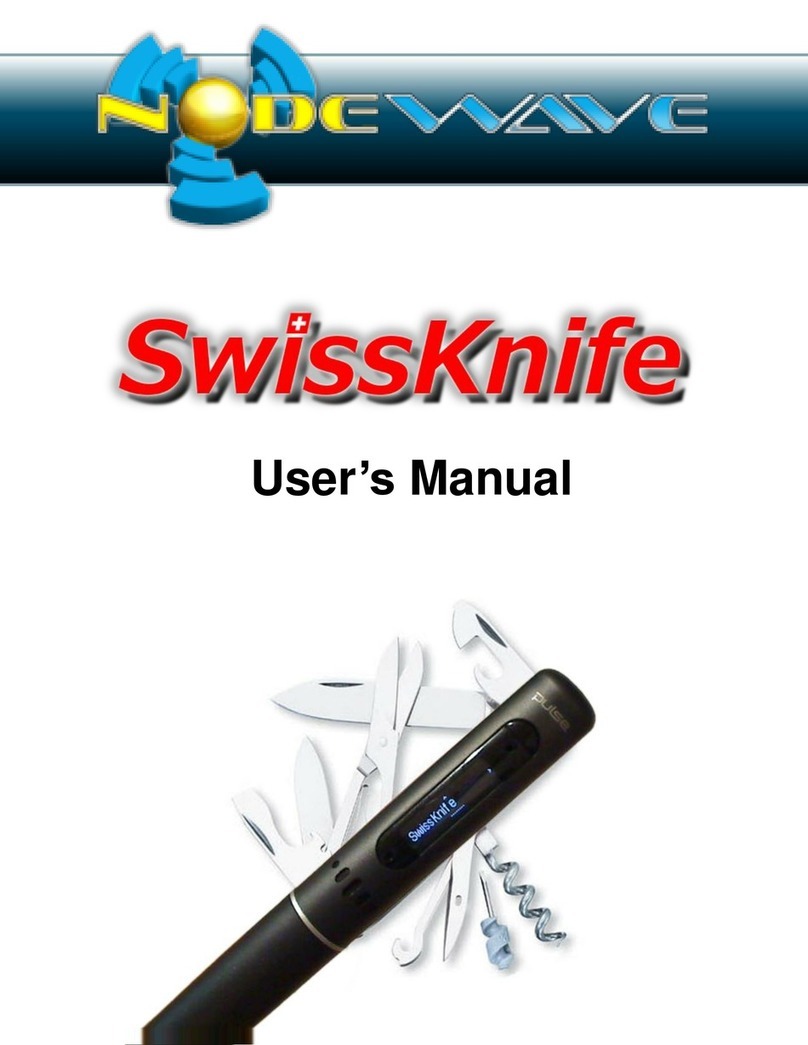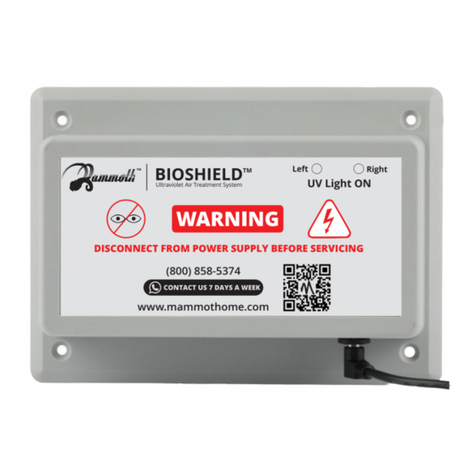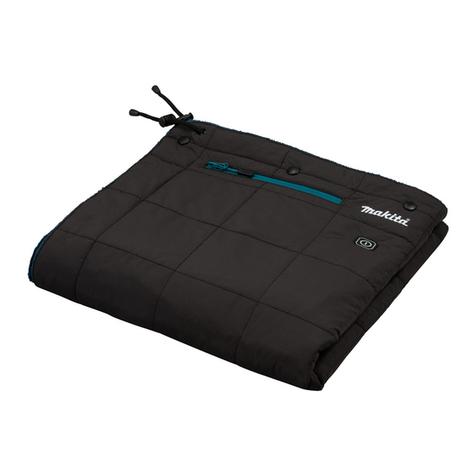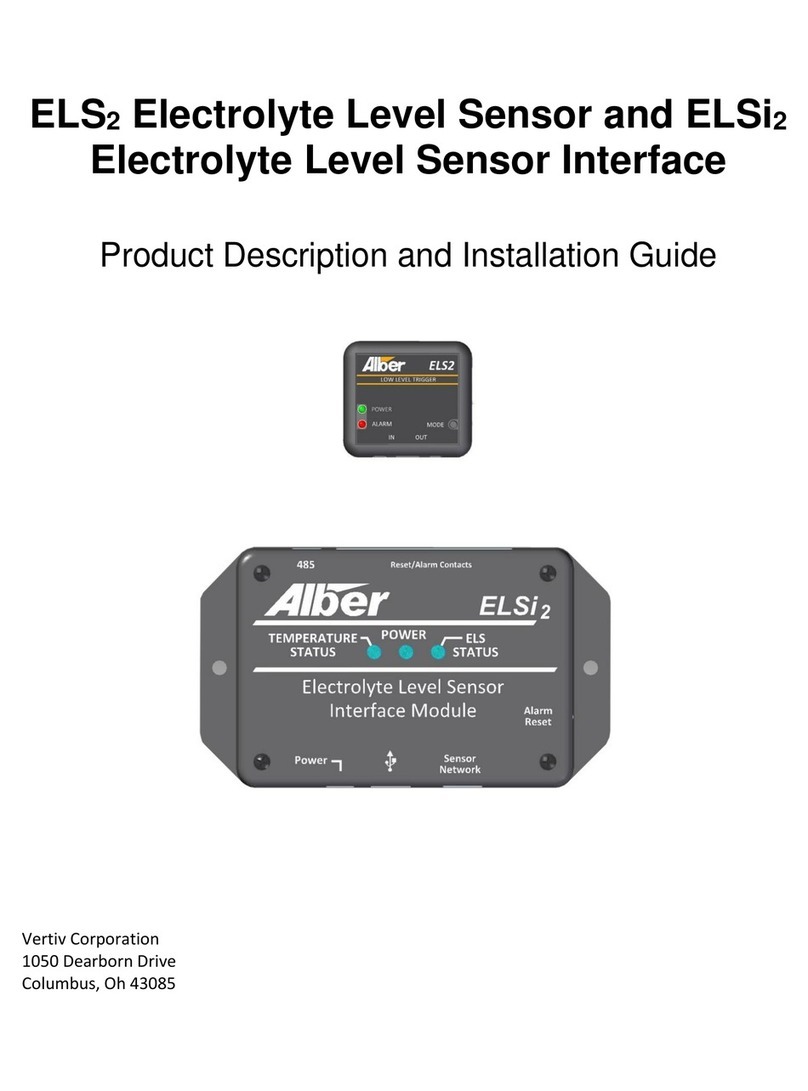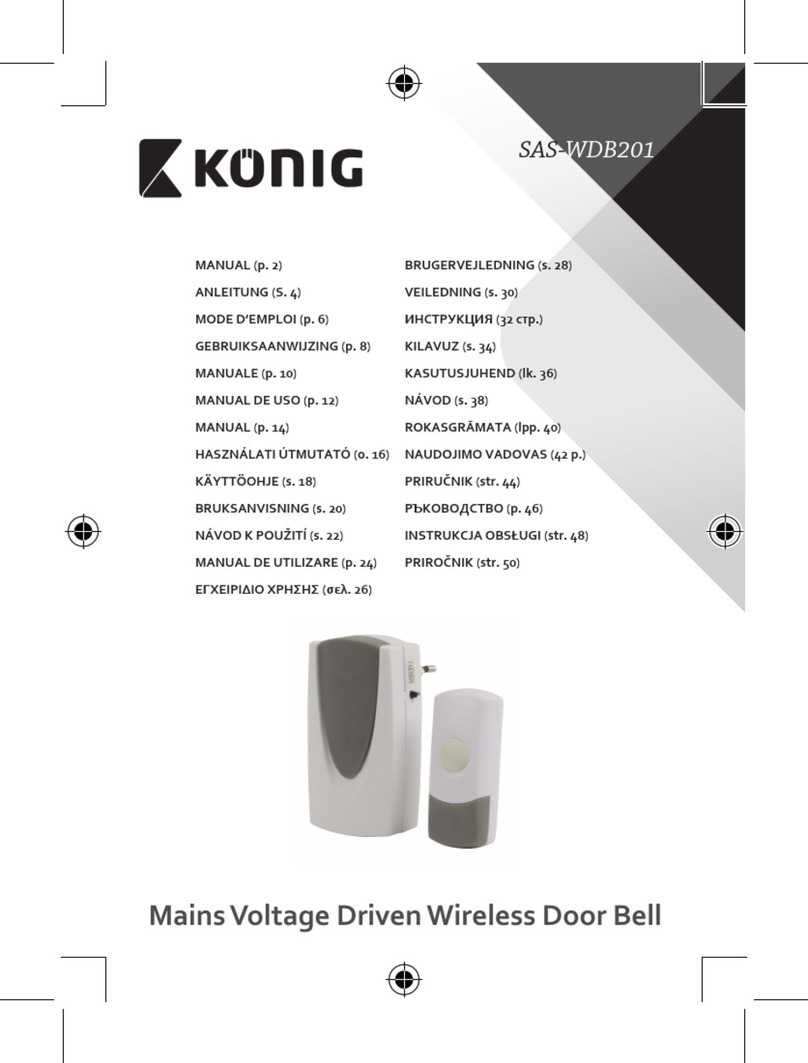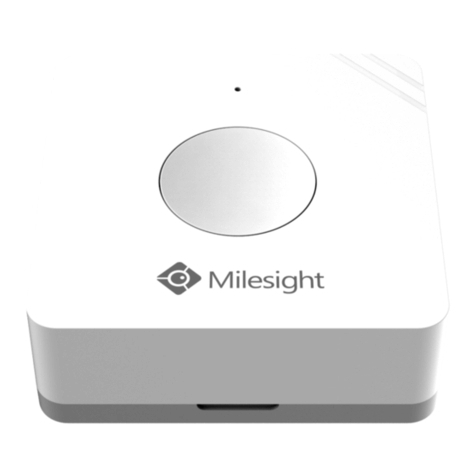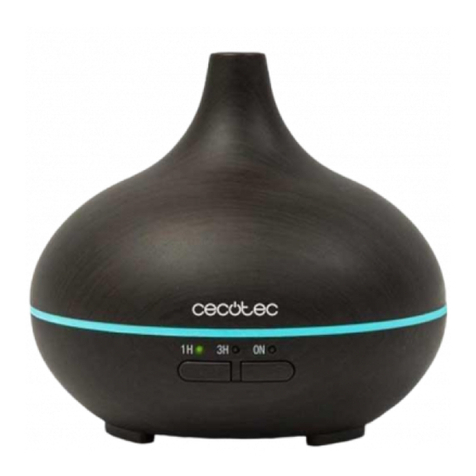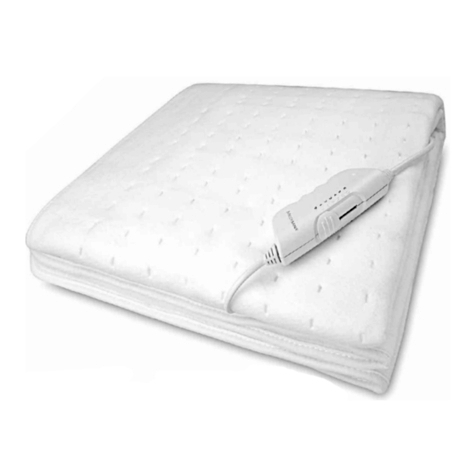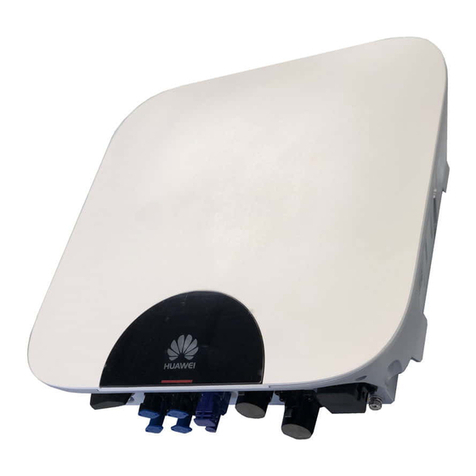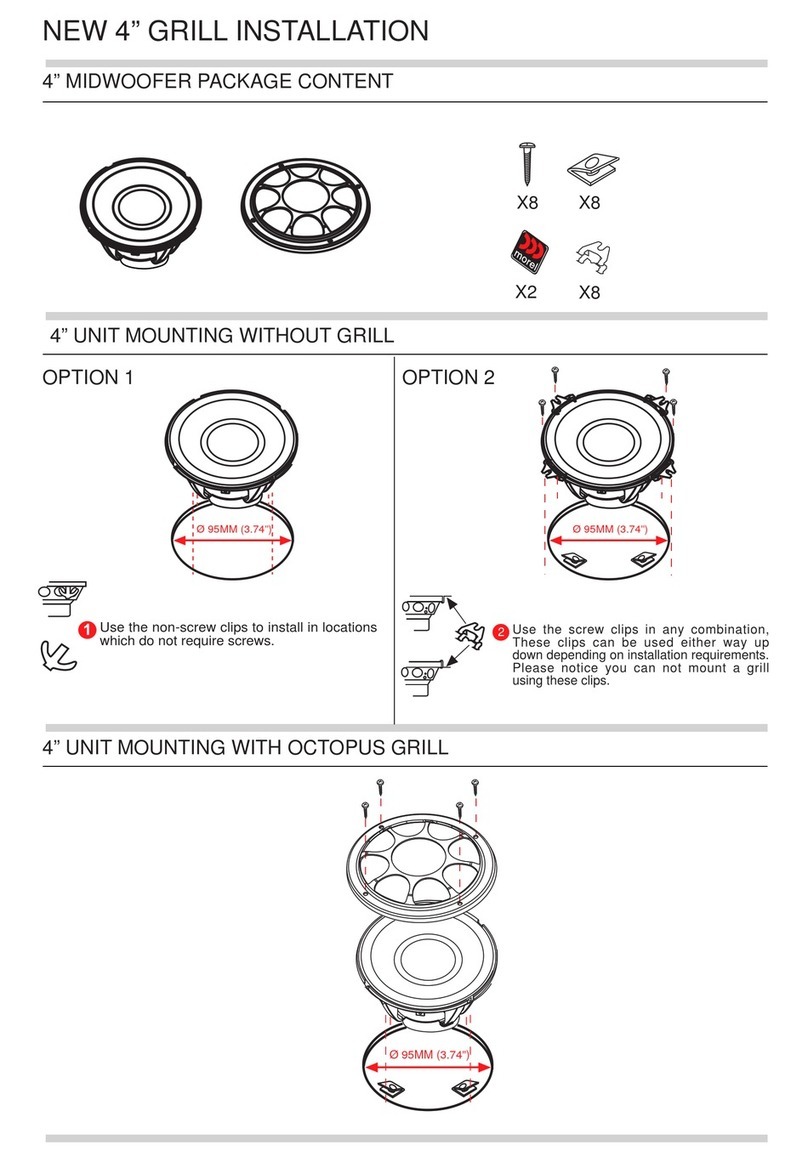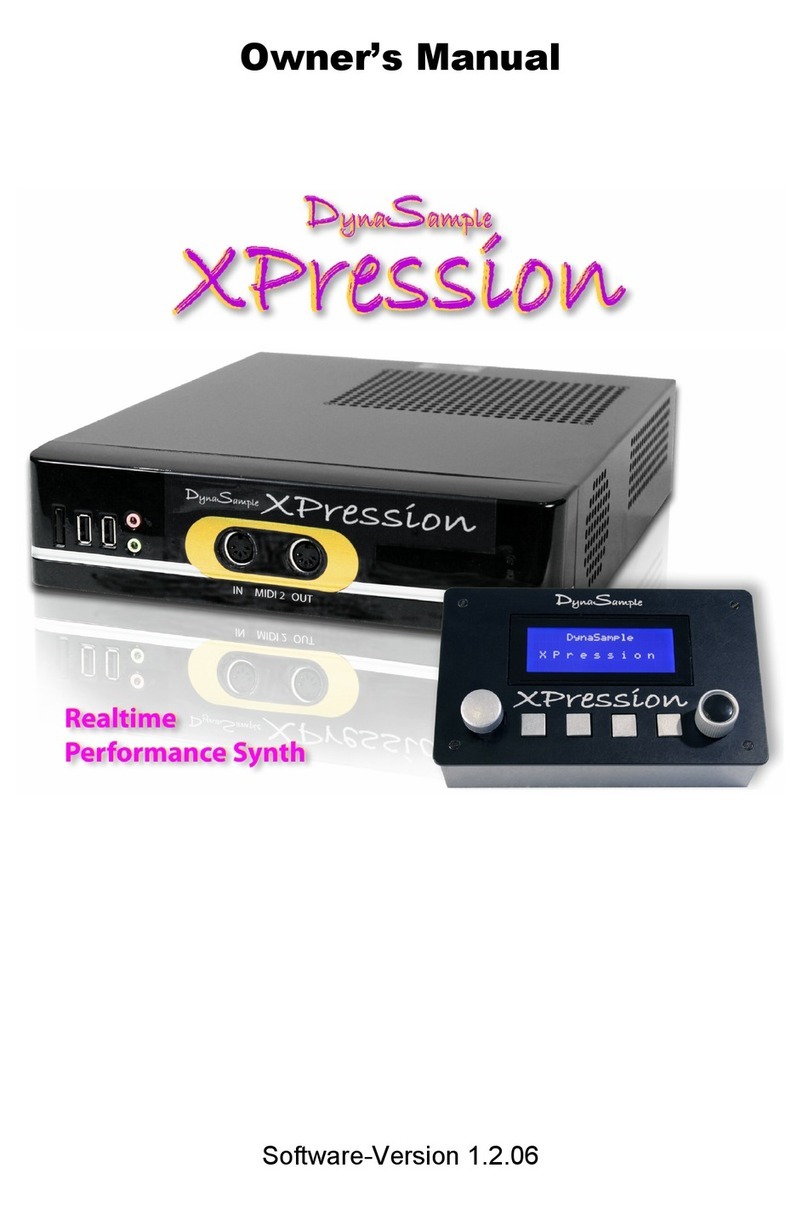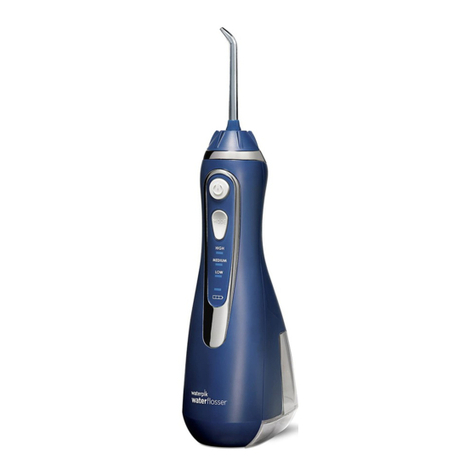Bergstrom NITE Phoenix User manual

1
Installation Manual
ANTHEM
2390 Blackhawk Road ● Rockford, IL 61109 ● www.nitesystem.com ● 1-866-204-8570
The information contained herein is proprietary to Bergstrom Inc and/or its subsidiaries shall
not be reproduced, copied, or disclosed in whole or in part, or used for manufacture or any
other purpose, without prior written permission of Bergstrom Inc. The only controlled version
is that viewed electronically on the designated Bergstrom intranet site.

2
Table of Contents
1-1
1-2
1-7
1-8
1-9
1-10
2-1
3-1
4-1
5-1
6-1
7-1
Refrigerant Charging
Battery Management
Operating Instructions
Wiring Diagrams
Espar Heater Install
Electrical Installation
Installation Procedures
Tools Required
Before You Start / EPA
Introduction
Unit Exploded View
Warranty / Website

3
1-1
Congratulations. You have chosen
the premier no-idle climate control
system on the market today—the
NITE®Phoenix from Bergstrom.
The NITE Phoenix is a powerful 12V
rechargeable DC system that keeps
sleeper compartments cool in hot
weather and warm in cold weather
(with optional heater) without having to
idle the truck’s engine—and without a
genset. It not only dramatically
reduces fuel burned, it’s also very
environmentally friendly.
Your NITE Phoenix is a self-
contained, hermetically sealed,
compact A/C system that produces
approximately 7,500 BTU/h and has
been quality engineered for years of
reliable service. The system
operates independently from your
truck’s engine using its own deep
cycle batteries that are completely
separated from the truck’s starting
batteries.
The deep cycle batteries used are
the most advanced ever—and will
efficiently power the system for 7 to
9 hours. The batteries are then fully
recharged after just 4 to 6 hours of
driving.
Add it all up, and you have a
revolutionary no-idle system that will
save you money and fuel year after
year—the NITE Phoenix from
Bergstrom.
NOTE:
The NITE Phoenix A/C system is
designed to maintain a comfortable
temperature inside the sleeper
without running the engine.
For optimal comfort, the curtain
between the cab and the sleeper
must be closed when using the unit.
To enhance cooling efficiency during
the day, solar reflectors or curtains
should be placed over windshield and
all windows to block sunlight from
entering the cab and sleeper.
The NITE Phoenix A/C unit will not
pull down a hot sleeper that has
been sitting in the sun without the
factory A/C running. To assist the
NITE Phoenix unit in cooling down
the sleeper, start the engine and run
the factory A/C until desired
temperature is reached. The NITE
Phoenix unit will then maintain a
comfortable temperature depending
on solar load & ambient
temperature.
Introduction

4
Before You Start / EPA
1-2
A typical installation of the NITE Phoenix
generally takes between 8 to 10 hours,
although your particular situation may vary.
This manual contains step-by- step installation
instructions. It is divided into three categories:
●General installation
●Electrical installation
●Heater installation(optional)
There is also a section on how to check your
NITE Phoenix to make sure the installation
was successful, and a section on how to
operate your NITE Phoenix.
If relocation or reinstallation of any pre-
installed equipment is necessary for
installation of the NITE Phoenix equipment -
please refer to the components manufacturer's
instructions or safety guidelines for proper
installation.
Before you start, we highly recommend doing
the following to help make your installation as
easy as possible.
1. Lay out all parts and check to make sure you
have all parts listed on the parts list.
Depending on truck, some hardware may
not be used. If you are missing any parts,
please call 1-866-204-8570.
2. To prevent damage to compressor, keep the
NITE Phoenix unit in an upright position at all
times. If unit is tipped, place back in upright
position for a minimum of 6 hours prior to
running.
3. Check the list of tools needed for installation
and make sure you have all of them. Keep all
tools within easyreach.
4. Look through the whole installation manual to
get an understanding of the order in which
components are installed.
5. Make sure you have good lighting and
enough space to work in.
6. You may want to get an assistant to help
you to reduce the number of times you have
to climb in and out of the cab.
7. Make sure you wear all appropriate safety
equipment
Photo above is representative of kit
1000230792 only.

5
NOTICE - Prior to installation:
Installation, service, and repair of these units should be solicited
only by trained service technicians who are acquainted with
standard service instructions and training material.
All equipment should be installed in accordance with accepted
principles and unit installation instructions. Extreme caution
should be observed when troubleshooting electrical
components. These messages are for your protection and
information. Failure to follow these alerted messages may
cause bodily injuries to yourself and/or others as well as
damages to the specified unit.
Health, Safety, and Environmental Policy
Under any condition Bergstrom Inc. is committed to protecting
the health and safety of all working individuals at or visiting our
site. We strategize, administer, conduct, and supervise our
efforts in agreement with best practice. Hence, we want to
ensure all workers have a clear understanding of their
accountabilities with that of the company.
Environmental Concerns
Public awareness of and education about the benefits of using
green technologies, coupled with energy efficiency, has created
renewed interest within the HVAC industry.
When materials are discarded attempt to reclaim and recycle
them. To preserve our environment, follow appropriate rules
and regulations when disposing of any resources. It is under our
obligation to put in place a series of practices and procedures
that, when taken together, result in an environmental
management system.
Disclaimer of Liability
Descriptions and specifications within this manual were in effect
at the time of production. Models and specifications are subject
to change.
Refer to nitesystem.com for more information, or contact
customer service at 866.204.8570.
1-3
Picture Symbols
Observe all warning and caution notices posted on
equipment and in instructions and/or manuals. Pay
special attention to directives prefixed by symbols and
signals indicated as “Warning”, “Caution”, and “Note”.
Do not disregard any of these alerts.
Warning
This picture symbol with the remark “Warning” refers
to the risk of imminent danger and can be vital to
one’s health. The message will convey what the
hazards are, results when warnings are not heed to,
and/or how to avoid such injury. Under certain
circumstances, failure to comply with these
instructions can cause severe or life-threatening
impairment.
Caution
This picture symbol with the remark “Caution” refers
to a hazardous situation for a person and/or the
product. Failure to comply with these instructions can
cause bodily injuries to yourself and/or others as well
as damage to machinery.
Note
This picture symbol with the remark “Note” contains
information for use and helpful tips to assist an
individual when repairing a specified unit or vehicle.
Before You Start / EPA

6
Precautions for working with HFC134a
(R134a) Refrigerant and Polyvinyl Ether
(PVE) Refrigerant Oil
WARNING
Do not breath A/C refrigerant, oil vapor, or
mist. Exposure may cause irritation to the
eyes, nose, and throat.
Instances where there are accidental system
discharges; ventilate work area before
resuming service.
For additional health and safety information
contact the refrigerant and oil manufactures.
CAUTION
The air conditioning system uses
HFC134a (R134a) refrigerant and
polyvinyl ether (PVE) refrigerant oil,
which are not compatible with CFC-12
(R12) refrigerant, mineral oil, or PAG oil. If
the refrigerants or oils are mixed, the
compressor may fail.
Do not attempt to use R-12 servicing
equipment. Failure to follow this statement
may result in personal injury or equipment
damages.
Use service equipment that is only U.L listed
and certified in which meets the required
standards of SAE J2210 to remove
HFC134a (R134a) from the air condition
system.
Before testing, please authenticate the
HFC134a (R134a) refrigerant in the vehicle
system and recycling equipment / recovery
tank are contaminate free by using a
refrigerant identifier.
Note
All equipment must be serviced by
trained personnel only.
R134a service equipment and/or vehicle air
conditioning systems should not be pressure or
leak tested with compressed air.
Air conditioning system may consist of
R134a fluorescent dye to determine leak
detection. Examine with a high intensity
ultraviolet light system.
Specified labels on unit will identify systems
that contain fluorescent dye.
1-4
Note
The air conditioning system is designed only for
certain polyvinyl ether (PVE) refrigerant oil for
HFC134a (R134a) A/C systems and HFC134a
(R134a) components. The only recommended oil for
this particular system is Idemitsu FVC68D PVE oil.
The PVE oil is very hygroscopic, meaning it absorbs
water. Without appropriate sealing, the oil will become
moisture saturated and should not be used.
Note
Follow the handling procedures listed below:
Only use the specified FVC68D PVE oil from a
sealed container.
After use, immediately reseal containers of oil.
To avoid contamination, do not return oil to
original container once it has been dispensed.
Additionally, never combine oil with other
refrigerant oils.
Do not allow PVE oil to come in contact with
styrofoam parts. In such occurrences, damage
may result.
Do not allow PVE oil in contact with vehicle
paint. In such occurrences, damage may result.
In order to diminish the amount of moisture that
enters the system, any connection in the
refrigerant loop that is open must be closed as
soon as possible.
.
It is recommended for components that are
replaced to have dust caps left in place until the
component is ready to be installed in the
refrigerant loop.
Once components are removed from the
refrigerant loop they should have dust caps in
place as soon as possible in order to limit and
minimize moisture intrusion.
Before You Start / EPA

7
Important Safety Notices
Before proceeding please read and understand all safety
precautions and warnings. The list as follows contains the
general safety provisions that must be followed.
Work areas should be dry, well lit, ventilated, and free of
clutter such as loose tools, parts, ignition sources and
hazardous substances. All personnel must be aware of
hazardous conditions that can coexist.
Wear protective shoes when working. Opened toed
shoes are not allowed.
Rotating parts can cause cuts, mutilation, or
strangulation. Be alert at all times when operating
machinery.
When working, do not wear loose-fitting or torn clothing.
Additionally, do not wear jewelry. These are hazards
that may cause personal injury.
Before beginning any repairs, disconnect the battery
(negative [-] cable) from both battery boxes and
discharge any capacitors.
To prevent accidental engine starting disconnect the air
starting motor, if equipped.
To prevent personal injury or harm to the specified unit
place a “do not operate” tag in the operator’s
compartment or on the controls.
Before operating, allow the engine to cool.
Always use blocks or proper stands to support the
vehicle or vehicle components before executing service
repairs. It is important that one does not operate on
anything that is supported only by lifting jacks or a hoist.
To reduce the probability of personal injury, use a hoist
or get assistance when lifting components that weigh 23
kg [50 lbs.] or more. Make certain all lifting devices such
as chains, hooks, or slings are in good condition and are
of the correct load capacity. Furthermore, all lifting
devices must be positioned correctly. When needed,
always use a spreader bar. Also, lifting hooks must not
be side-loaded.
1-5
When handling corrosion inhibitors and lubricating
oils avoid exposure to eyes and repeated contact
to skin for they may contain alkali. In case of
contact, immediately wash skin with soap and
water. When cases are severe, please contact a
physician. Store toxic products and substances
out of reach of children.
Naptha and Methyl Ethyl Ketone (MEK) are
flammable and hazardous materials and must be
used with attentiveness. Follow manufacture
guidelines to ensure safety when handling
materials. Store toxic products and substances
out of reach of children.
When operating on a vehicle be attentive and
cautious for hot parts on systems that have been
turned off, exhaust gas flow, and hot fluids in lines,
tubs, and compartments. Direct contact to skin
may cause severe burns.
Always use tools that are in good working
condition. Service technicians must be trained and
have proper understanding on how to use the tools
before administering service.
When replacing items use the same and/or
equivalent fastener part number at all times.
Conversely, do not use a fastener of reduced
quality if replacement is needed.
To prevent bodily injury or harm do not perform
any repairs when impaired, fatigued or after
consuming alcohol or drugs that can impair one’s
functioning.
According to several states and federal agencies
within the United States of America it has been
evident that used engine oil can be carcinogenic,
causing reproductive toxicity. That being said,
avoid inhalation of vapors, ingestion, and
prolonged contact with used engine oil.
Be mindful that liquefied petroleum gas is denser
than air and can accumulate near the floor, in
slumps, and low-lying area.
Close the manual fuel valves prior to performing
maintenance and repairs and when storing the
vehicle inside.
California Proposition 65 Warning –Diesel engine
exhaust and some of its constituents are known to the
state of California to cause cancer, birth defects, and
other reproductive harm. To request more information
regarding the chemical exposures that are the basis of
the warning, contact the manufacture of the product.
WARNING
Ill-advised practices, negligence, and/or
ignoring warning signs may cause death,
personal injury, equipment or property
damages.
Before You Start / EPA

8
1-6
Before You Start / EPA

9
1-7
Cardboard Template Layout
Unit Exploded View

10
1-8
TO REGISTER YOUR NEW SYSTEM
OR FILE A WARRANTY CLAIM
FOLLOW LINK LISTED BELOW.
https://warranty.bergstrominc.com
For technical manuals or service parts
go to
https://us.bergstrominc.com/eproduct-systems/
Email us at
parts@bergstrominc.com
Or call the - NITE LINE
1-866-204-8570
Warranty / Website
WARRANTY

11
1-9
1) Drill Bit Set
2) Hole saws (1″, 1-5/8″, 2″, 2-1/2″, 4-1/2″ and 4-3/4″)
3) Electric/Air Drill
4) Screwdrivers/Assorted Bits (Flat Head & Phillips Head)
5) Impact Gun
6) Air saw/Jigsaw (Cutting Sheet metal)
7) Torx Head (T20-T25) Bit Set
8) Metric Wrenches
9) SAE Wrenches
10) 1/4″, 3/8″ Drive Ratchets
11) SAE Socket Set
12) Metric Socket Set
13) Wire Cutters
14) Terminal Crimpers
15) Wire Strippers
16) Razor Knife
17) Electrical Tape
18) Cable Cutters
19) #4 Professional Grade Cable Crimpers
20) Cable Strippers
21) Work Light
22) Torque Wrench up to 50 in/lb
23) U-barrel Crimper
24) Pop Rivet Gun
25) Deutsch Crimpers
Tools Required

12
1-10
Installation Procedures
Prepare the Work Area
Start by disconnecting the ground wire from
the starting batteries. Set up your work
light, clear the sleeper compartment of
loose items, and open or remove the divider
curtain if there is one.
Choose Location
Photo shows approximate location of
Phoenix unit. Allow enough room for the
elbow on the rear of the unit.
NOTE: Place the template with the
airflow arrow facing up and pointing to
the rear of the truck.
Removing Floor Covering
Mark around the template. Cut and remove
the section of the floor mat indicated in
photo, exposing the floor.
Mark and Cut Holes in Truck Floor
Reinstall the template on the exposed floor.
Mark the two rectangular openings in the
template. Drill starter holes in all four
corners of the two areas marked for cutting.
NOTE location of any cross members
prior to drilling holes. Use air saw/jigsaw
to cut through truck floor.
Do Not Cut Cross Members.
1
2
3
4

13
1-11
Installation Procedures
Check underneath truck before cutting
or drilling. Cross members and wire
harness should not be cut.
Install Condenser Air Deflector
Assemble sections (A) and (B) and install in
the condenser openings. Fasten with (2) 1″
screw with 5/16 head self-drilling.
Modification of this assembly may be
required if cross members do not allow
proper air flow.
Air deflector installed. Showing the deflector
from above and below.
Before Installing the Unit
Cut an opening for return air. Using the
provided template mark area, cut and
remove section as shown.
5
6

14
1-12
Installation Procedures
Reposition the NITE Phoenix Mounting
Template as shown, with the condenser
openings over the holes cut in the truck
floor. Mark and drill pilot holes for 4
mounting feet. The unit has 8 possible
locations but you will only use 4. Use equal
spacing to provide adequate stability of the
Phoenix unit.
Drill Hole for Power Harness Wiring
Using a 2″ hole saw drill a hole through the
truck floor to run the power harness. Insert
grommet in hole prior to running wires.
Fasten with three 1″ x 5/16 head self-drilling
screws.
NOTE: Hole can be located in any location
where there are no obstructions under the
truck.
Attach seal strip to duct Bracket and
Elbow
Install foam seal around opening of flange
bracket and elbow.
8
7
Failure to use the proper cable loom
and/or grommet will result in damage
to cables, unit and/or vehicle. Always
seal all open areas in grommet with
silicone when installation is complete.
Silicone is not provided in kit.
9

15
1-13
Installation Procedures
Prepare to Install Unit
Install the duct elbow mounting bracket to
the Phoenix unit using #10 x 1/2″ T20 elbow
bracket screws.
Install One Half of the Elbow Support
Ring
Using elbow flange screws #8 x 3/4″ T20.
Do not completely tighten screws at this
time.
Install Mounting Feet
The Phoenix unit has 8 pre-dimpled
locations. Fasten feet in the 4 locations
matching the predrilled holes frompage 12
step 6. Use 1″ x 5/16 hex head self- drilling
screws. Do not install feet where the
case is not dimpled or you will damage
the unit.
11
10
12

16
1-14
Installation Procedures
Test Fit the NITE Phoenix Unit, Elbow
Duct and Flange
Set the NITE Phoenix unit in place as
shown. Test fit the flange and elbow for
clearance. Rotate the elbow towards the
passenger side.
Secure the Unit
Using eight 1″ x 5/16 head self-drilling
screws in the predrilled holes.
Temporarily Place the Duct Bracket on
OE Duct
Align with Phoenix Unit Duct, mark as
shown.
Remove OE Duct Section
Remove the plastic push clips fastening the
center section of OE duct.
14
13
15
16
Photo shows bottom left of OE duct

17
1-15
Installation Procedures
Ducts are held in place by push clips.
Reuse these to reinstall OE ducts.
Turn OE Duct Upside Down
Cut out the section of OE duct. The flanged
adapter will point down. Fasten with 1″ x
5/16 self-drilling screws.
Seal any Voids with Silicone Sealant
NOTE: Silicone sealant is not included in
kit.
18
17

18
1-16
Installation Procedures
Relocate OE Air Sensor
Remove sensor from OE duct by removing
one screw and retaining clip. It will be
relocated into the unit just below the
ducting.
Drill One Hole Approximately 7/8” in OE
Unit Below the Blower Outlet, as shown
Slide the retaining clip into position in the
7/8 hole and mark the location for the
mounting screw. Drill the appropriate size
hole.
Reinstall OE Sensor Into the New
Opening
Using the clip and screw from previous
step.
Trimming of the plastic door will be
necessary!
Remove approximately ¼ to 5/16 of
material from the bottom of the plastic door
to allow the door to fully open. Failure to cut
the door properly will result in restricted
airflow during OE system operation.
Place the Door on Top of the OE Unit
Blower Outlet with Door Facing Up
This door will open during OE unit operation
and will remain closed during the SSI
operation. No screws are necessary for
installation. The OE duct will hold it in
place.
NOTE: Verify blend door will open when
placed inside the OE duct.
19
22
20
21
23

19
1-17
Installation Procedures
Reinstall OE Duct Section
Feed flex hose and OE duct down and
reinstall in original location with plastic clips
removed in previous step.
Determine Length of Flex Duct
Cut flex hose to length. Do not leave
excess hose as it will bend and cause air
flow restrictions. Attach to duct elbow with
4” hose clamp.
Determine Location for Recirculation
Grill
If necessary install the grill in the center
support wall (see photo showing outline for
cutout marked on center support wall) the
opening should be positioned in front of
where the NITE Phoenix unit will be
positioned. The size should be 11 1/2″ x 4
5/8″. Use provided template for marking.
26
24
25

20
1-18
Installation Procedures
Install Trim Lock Around the Opening
Cut in Step # 8
Models having a speaker in the front
support wall will need an opening in the
left support wall and the front wall.
Models With Speaker
Install recirculation grill in front support wall.
Recirculation air from this opening will pass
through the central under bunk storage
area to the SSI unit in the left side box.
Models Without Speaker
Return air from the sleeper will pass
through the empty speaker grill in the front
bunk support wall.
This truck did not have a
speaker.
All Models Without
Speaker –Install the
Return Air Grill (as shown)
or cut the opening using
the provided template
and install the trim lock
around opening as
shown in top photo.
Install Drip Tube Under Truck
Speaker grill
Recirculation grill installed
on front wall
Recirculation
grill installed
on support
wall behind
SSI unit.
Opening in left support wall
28
29
27
30
31
Other manuals for NITE Phoenix
1
Table of contents
Other Bergstrom Accessories manuals
